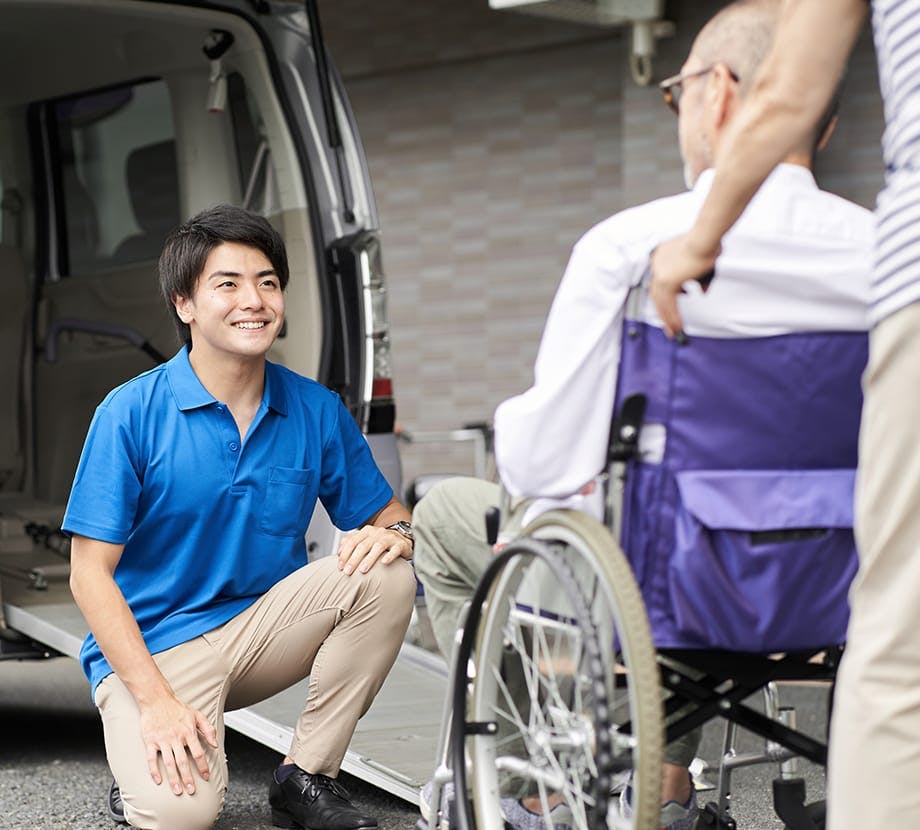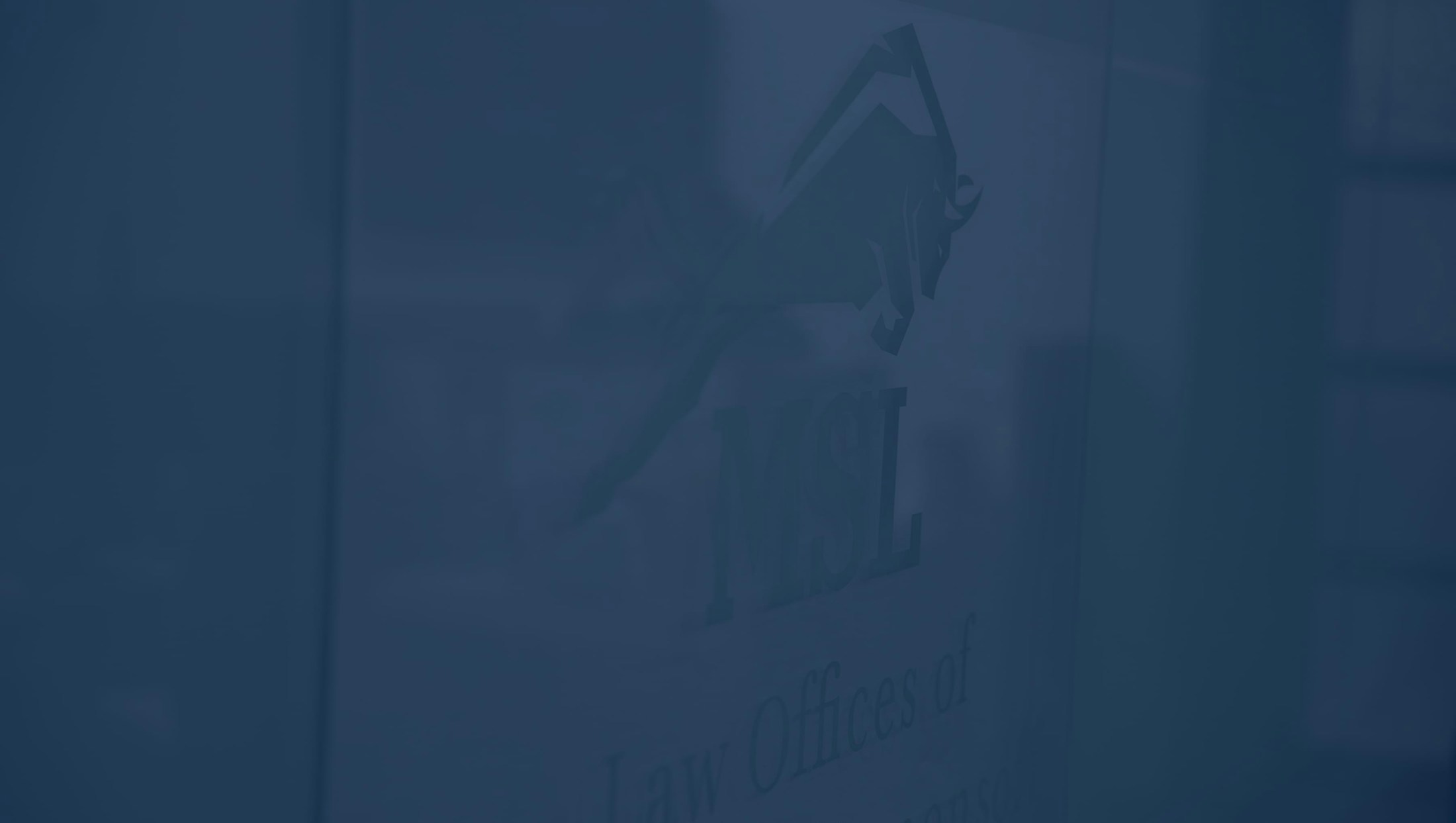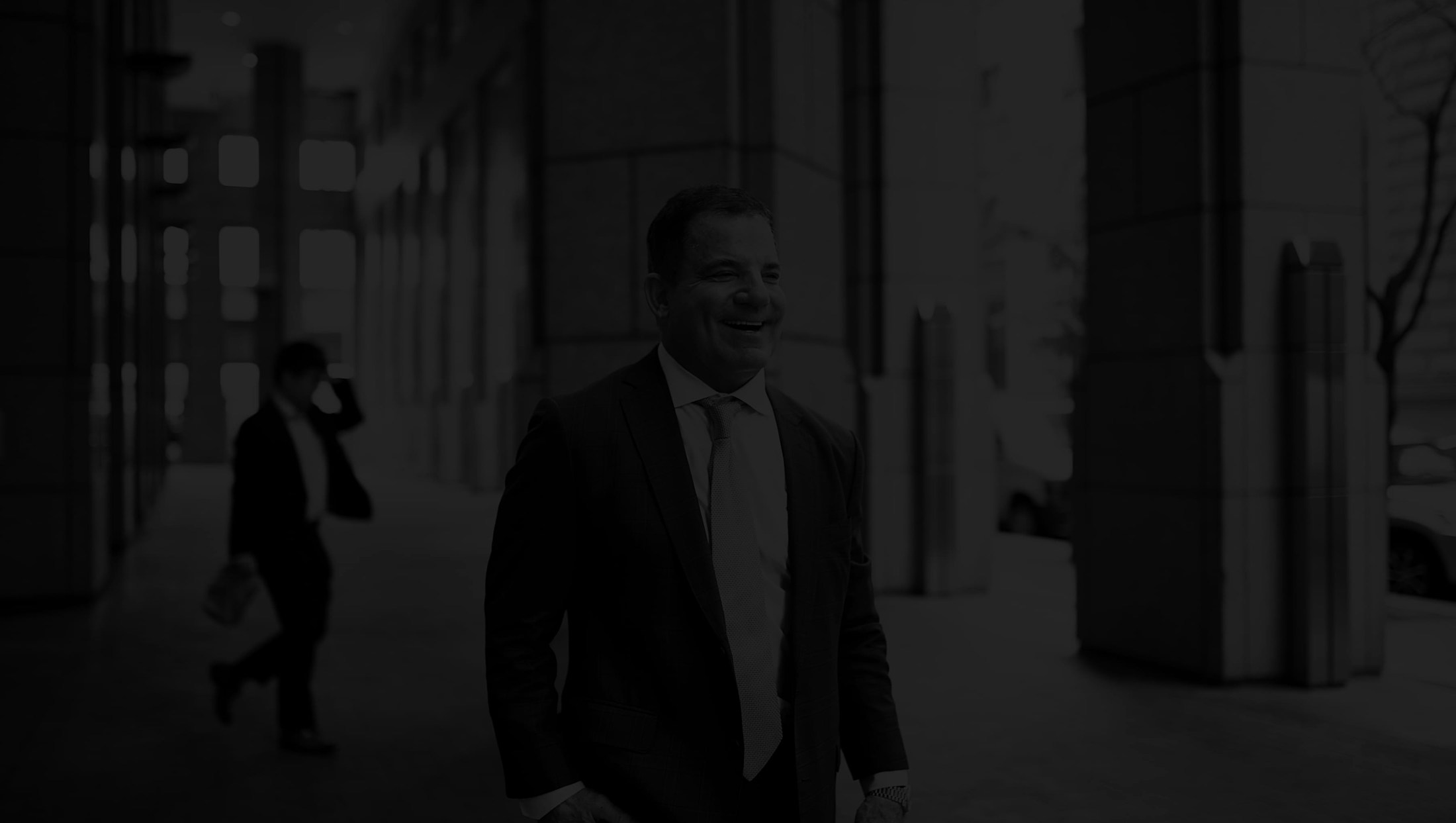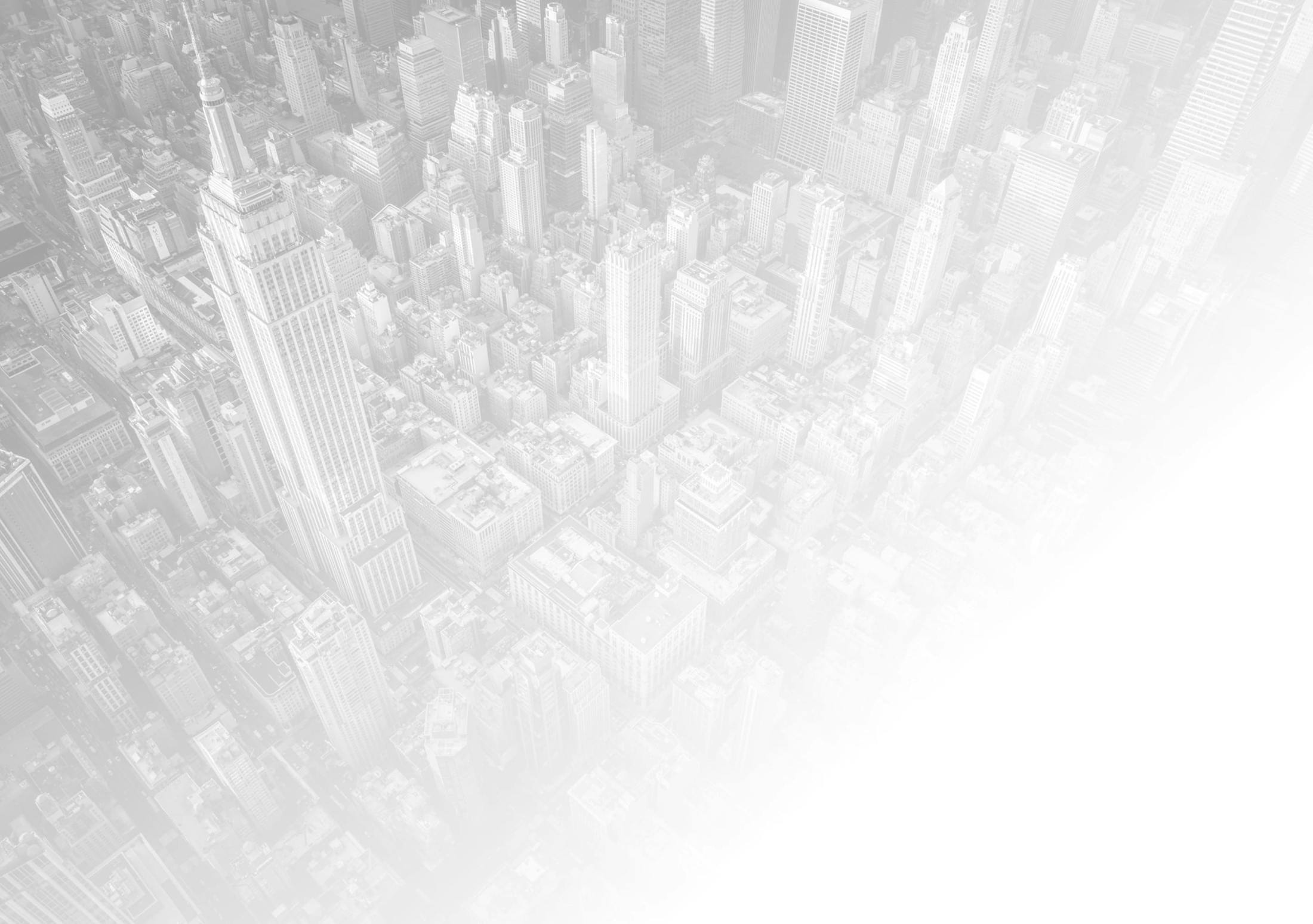Access-A-Ride Trip Statistics and Accident Rates
In 2015, there were around 5.1 million trips provided by the AAR service and their private contractors. Unfortunately, because of the number of AAR vehicles on the road, they are frequently involved in accidents throughout New York City and the surrounding area.
The New York State Office of the State Comptroller reported that there were more than 2,300 Access-A-Ride accidents and incidents in 2015 alone. Due to the age and conditions of passengers, even minor accidents can lead to serious or catastrophic injury.






